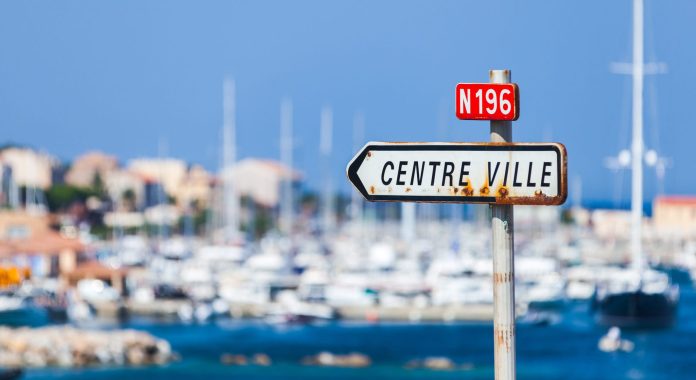Smart city tech, traditionally the reserve of the world’s major metropolitan centres, works just as well in small towns. So says French IoT provider Kerlink, which has installed a LoRaWAN network in Saint-Grégoire, in the Ille-et-Vilaine department of Brittany in northwestern France, a city of 9,700 residents, in order to connect buildings, parking lots, and bins, and slash energy consumption and CO2 emissions.
Kerlink worked with system integrator Sensing Vision on the deployment. The LoRaWAN network uses indoor and outdoor gateways from Kerlink, plus an IoT device management platform from Kerlink and a IoT data management platform from Sensing Vision. It also makes use of Wi-Fi and fibre.
In total, 68 energy-usage sensors, 150 parking-spot sensors, and two Covid-19 refrigerator-sensor sites have been connected to the network, across the city’s 17 square-kilometre footprint.
The duo claim energy consumption in civic buildings has been reduced by 20 percent, already. A statement said: This reduction was achieved by transforming real-time data into valuable information, and guiding city staff to adjust systems to match the requested service level, associated with the real occupancy of public buildings. Real-time alerts allow the city staff to react without delay to leakages, wrong parameters, and system dysfunctions.”
Benjamin Maury, smart city and smart building director at Kerlink, said: “LoRaWAN can be configured to meet the building-efficiency goals of public officials in any size of municipality. Add to that the efficient use of parking spaces and monitoring of refuse collection, and you have a flexible solution that reduces costs, saves energy and improves quality of life for city residents.”
Benoit Vagneur, president of Sensing Vision, said: “As an integrator of communication networks that include equipment and software from a variety of vendors, Sensing Vision confidently recommends and works with Kerlink’s technology. Our collaborations in smart-city projects have helped municipal officials meet their goals for energy conservation and lower emissions, as well as for making essential services more efficient.”

